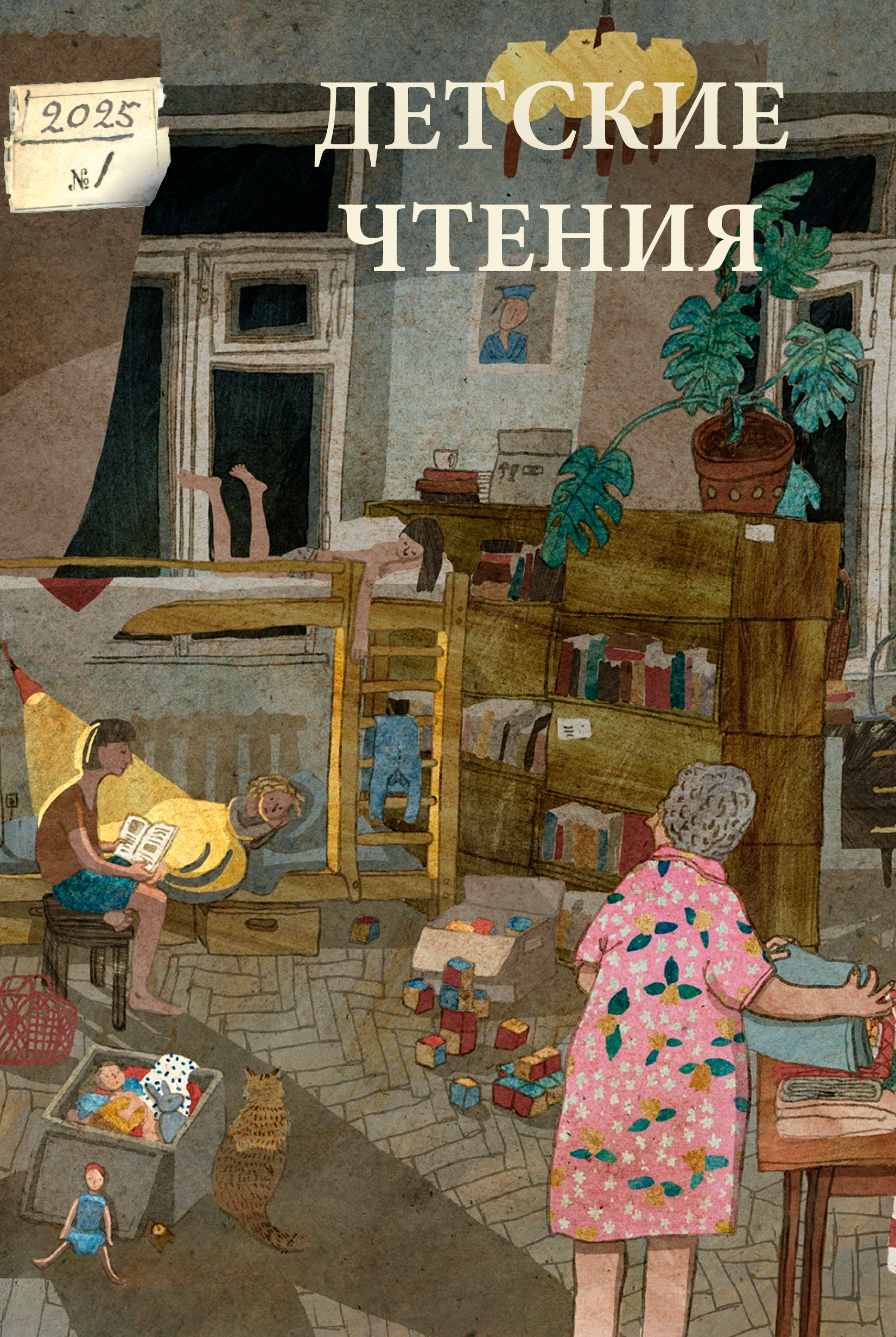THE POETICS OF BEGINNINGS IN ARKADY GAIDAR’S WORKS FOR CHILDREN
DOI:
https://doi.org/10.31860/2304-5817-2025-1-27-153-176Abstract
The article analyzes the poetics of opening passages in 15 works by Arkady Gaidar for children, spanning from R. V. S. (1926) to The Hot Stone (1941), in the context of the evolution of the writer’s idiostyle. The opening passage is understood as the first paragraph of a text. It necessitates addressing issues of Gaidar’s textology, since more than half of the examined works exhibit significant textual variations in their initial paragraphs across different editions. These variations often pertain to structural organization and motif content, which are central to the analysis. The author identifies that in the opening passages of Gaidar’s early works — from the 1920s to the early 1930s — motifs of local setting dominate, without direct character introductions, although child protagonists may be introduced via free indirect speech. In the texts of the early 1930s, character nominations by the narrator — mainly group-based — begin to appear, and a rhetorical formula emerges in the openings, linking the names of three protagonists with their ages. Starting in 1934, adult characters are included in the openings, and by the late 1930s they dominate, even though children remain the main protagonists. Around the same time, motifs of anxiety and social labor become a consistent feature in Gaidar’s openings. This reflects the general ideological and thematic evolution of the writer: from depicting children’s lives to portraying the relationships between children and adults, who increasingly become full-fledged protagonists in his works.
Keywords: Arkady Gaidar, opening passage, exposition, idiostyle, motif, motif structure, narrator, free indirect speech







